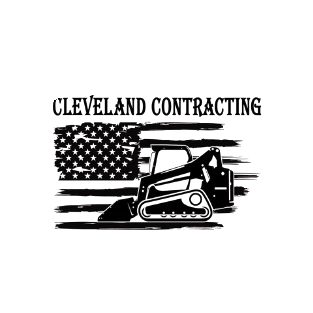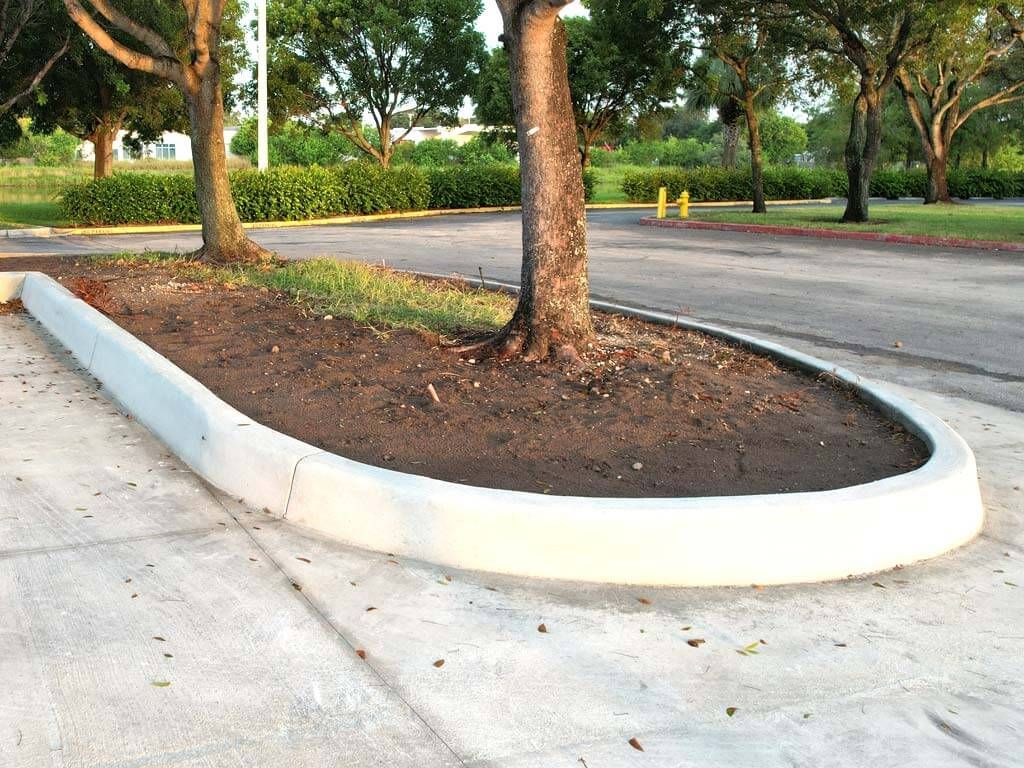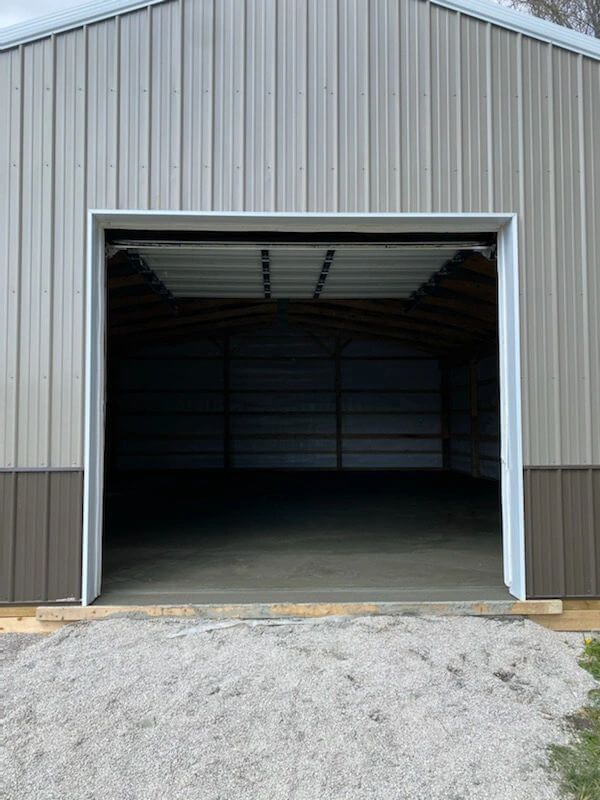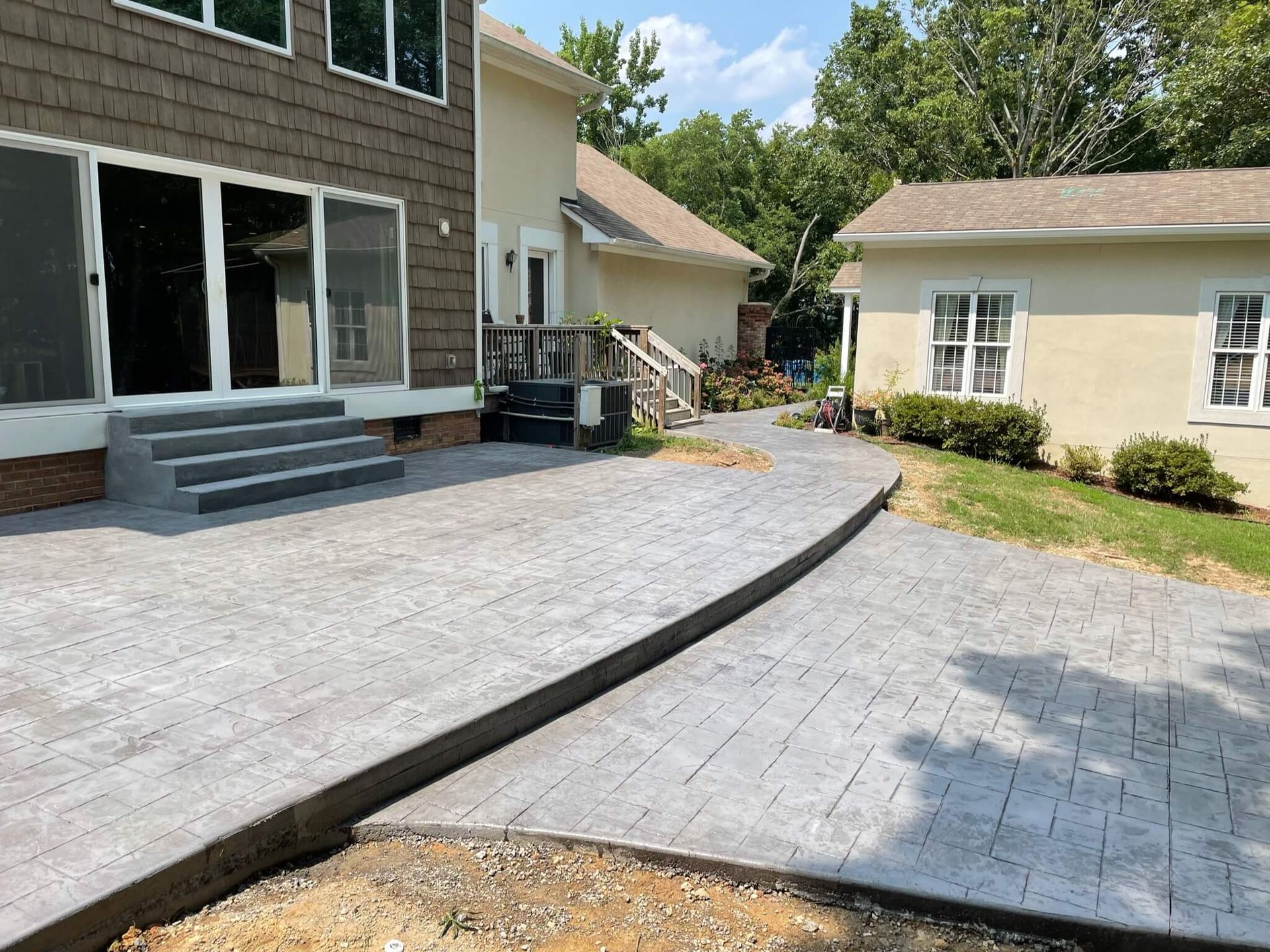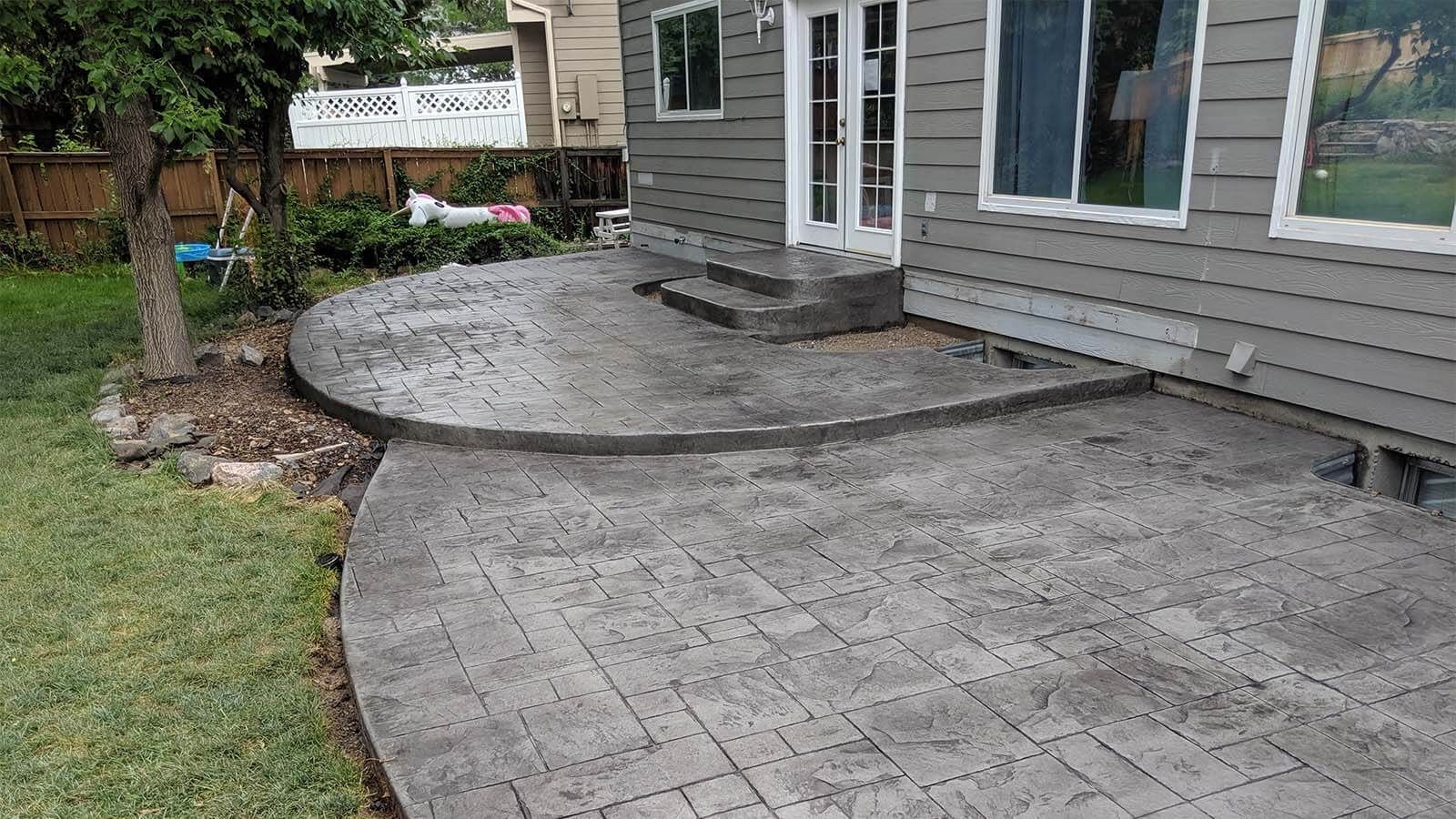8 Concrete Driveway Construction Essentials
Related Articles...
When it comes to constructing a durable and aesthetically pleasing concrete driveway, choosing the right contractor is crucial. At Primed Concrete, we take pride in delivering high-quality workmanship and using top-grade materials to ensure that your driveway not only looks great but also stands the test of time.
The longevity and performance of your concrete driveway depend heavily on proper installation techniques and the quality of the materials used. By partnering with Primed Concrete, you're ensuring that your driveway will maintain its strength and appeal for many years to come.
Here are the essential guidelines for a long-lasting, problem-free concrete driveway construction with Primed Concrete:
1. Placing concrete at the proper thickness for your driveway
The thickness of your concrete driveway plays a crucial role in its structural capacity—perhaps even more so than the strength of the concrete mix itself. At Primed Concrete, we prioritize placing concrete at the correct thickness to ensure your driveway withstands the test of time.
Standard Concrete Thickness
For optimal structural integrity, a minimum thickness of 4 inches is recommended for residential concrete driveways. According to the Tennessee Concrete Association, increasing the thickness to 5 inches can add approximately 20% to your overall concrete cost, but it also increases your driveway's load-carrying capacity by nearly 50%. This additional investment can be invaluable for long-term durability, especially for driveways subject to heavier traffic.
Thickened Driveway Edges for Extra Support
Thickening the edges of your driveway by 1 to 2 inches provides essential structural support in areas more likely to experience heavier loads, such as near the driveway's entrance. At Primed Concrete, we extend these thickened sections 4 to 8 inches inward from the slab edge to maximize stability and longevity.
Local Conditions Matter
It's important to account for local soil conditions and weather patterns when determining the ideal thickness of your driveway. Some regions may require a thicker slab to handle unique environmental factors. Primed Concrete offers expert consultations to assess your specific site and recommend the ideal slab thickness for maximum performance.
2. Rebar and Wire Mesh Reinforcement
For enhanced structural integrity, adding steel reinforcement to your concrete driveway is highly recommended—especially if it will be exposed to heavy traffic or frequent use. Although reinforcement won't entirely prevent cracks, it will help to keep any that do form from widening, ensuring your driveway remains stable over time.
Wire Mesh vs. Steel Rebar
Primed Concrete offers two types of steel reinforcement: wire mesh and steel rebar.
- Wire Mesh: Best suited for driveways that are 4 to 5 inches thick, wire mesh provides moderate reinforcement and is a cost-effective option.
- Steel Rebar: For driveways that are 5 inches or more, we recommend ½-inch (#4) steel rebar arranged in a grid pattern. Rebar spacing is 12 inches apart to ensure even support throughout the slab.
Regardless of the reinforcement type, it’s crucial to keep the reinforcement centered within the concrete slab. We use blocks beneath the reinforcement to ensure it remains correctly positioned during the pour.
Synthetic Fibers for Shrinkage Control
Besides traditional reinforcement, synthetic fibers can be incorporated into the concrete mix to help reduce shrinkage cracks. While fibers do not provide structural reinforcement, they are an excellent secondary measure for maintaining the overall surface integrity of your driveway.
3. Subgrade Preparation for Concrete Driveways
A properly prepared subgrade is essential for a durable, long-lasting concrete driveway. At Primed Concrete, we emphasize the importance of uniformity in both soil composition and compaction to ensure your driveway has the structural support needed to prevent cracking and settlement over time.
Ensuring Subgrade Uniformity
Uniformity is key to a stable subgrade. This means ensuring that the soil is consistent in its composition and thoroughly compacted to support the concrete slab evenly. Soft spots in the soil should be identified, removed, and replaced with high-quality materials like gravel or crushed rock. In areas with expansive soils, such as many western states, Primed Concrete recommends using 2 to 8 inches of crushed rock as subgrade material, depending on the severity of the soil’s expansiveness.
If you're unsure about the soil characteristics in your area, it’s always a good idea to consult a professional soils engineer. At Primed Concrete, we can assist in this process to ensure the right foundation is laid.
Dampening the Subgrade
Before pouring the concrete, the subgrade should be slightly damp to prevent it from drawing moisture away from the fresh concrete. The Tennessee Concrete Association advises against placing concrete on a bone-dry subgrade. By spraying the subgrade with water, you create a more favorable environment for the concrete to set properly, reducing the risk of premature drying or cracking.
Subgrade Compaction Equipment
To achieve optimal compaction, Primed Concrete uses vibratory plate compactors and rammers, the most common tools for residential driveway subgrades. Proper compaction ensures that your driveway has a strong foundation capable of withstanding the stresses of daily use and heavy loads.
4. Choosing the Right Concrete Mix
The right concrete mix is critical for the performance and longevity of your driveway. Primed Concrete tailors the mix design to meet the specific needs of your driveway, ensuring strength, durability, and resistance to environmental factors. For more details on selecting the correct mix design, you can consult with our experts to ensure your driveway gets the right blend for your specific location and conditions.
5. Proper Placement of Concrete Driveway Joints
Correctly placed joints are vital for preventing unsightly cracks. At Primed Concrete, we recommend placing control joints at a maximum spacing of 10 feet for a 4-inch-thick driveway slab. These joints help manage stress and prevent random cracking, which, while not typically a structural issue, can detract from the appearance of your driveway.
To prevent problematic joint patterns, avoid designs that create rectangular or triangular sections. The depth of control joints is also essential; joints should be cut to a depth of one-fourth the slab thickness (e.g., 1 inch for a 4-inch slab).
Additionally, isolation joints should be installed where the driveway meets other structures, such as sidewalks or garage floors. These joints allow for movement and prevent damage to the slab where it interfaces with other pavements.
6. Finishing Techniques for Concrete Driveways
Proper finishing is crucial for both the appearance and durability of your concrete driveway. At Primed Concrete, we follow a meticulous three-step process to ensure a high-quality finish:
- Leveling/Striking Off the Concrete: The concrete is first leveled with a screed to create a uniform surface.
- Floating the Concrete: Using a wood or magnesium bullfloat, we smooth the concrete before bleed water accumulates.
- Applying a Broom Finish: This step is essential for creating a slip-resistant surface. A simple broom finish improves traction unless a decorative texture is requested, such as stamping.
Avoiding Common Finishing Mistakes
One of the most common mistakes during the finishing process is overworking the surface or finishing while bleed water is present. At Primed Concrete, we avoid premature finishing to allow bleed water to evaporate naturally, preventing sealing off the surface too early. A steel trowel finish is unnecessary and can trap bleed water beneath the surface, leading to future issues. Instead, we prioritize finishing methods that promote long-term durability and aesthetic appeal.
7. Proper Drainage for Concrete Driveways
Effective drainage is essential for maintaining the integrity and longevity of your concrete driveway. At Primed Concrete, we ensure that your driveway is designed to prevent water accumulation, which can lead to cracking, erosion, and other long-term damage.
Driveway Slope and Water Flow
To eliminate standing water, the driveway should be sloped away from existing structures such as your home or garage and directed toward the street. According to the Portland Cement Association, the recommended minimum slope is 1/8 inch per foot of driveway length. This gradual incline helps water flow off the surface, preventing pooling and protecting your concrete from water damage.
Drainage Solutions for Tight Spaces
In cases where your driveway is wedged between two structures and proper drainage is difficult, Primed Concrete can install specialized drains. These drains collect water at the lowest point of the concrete slab and divert it away from your driveway. This solution ensures that your concrete driveway remains dry and durable even in confined spaces.
8. Proper Curing Techniques for Concrete Driveways
The final and often most critical step in the driveway installation process is curing the concrete. Proper curing ensures that the concrete hardens correctly, improving its strength and durability. Unfortunately, curing is often overlooked, leading to weakened concrete and potential surface defects.
Why Curing Is Important
Curing helps concrete resist the effects of weather and minimizes the likelihood of cracking and surface defects. If not cured properly and immediately after finishing, concrete can experience up to a 50% reduction in strength, leaving it more susceptible to damage over time.
At Primed Concrete, we prioritize curing to ensure that your driveway is not only aesthetically pleasing but structurally sound. We begin curing as soon as the finishing process is complete, protecting the surface and ensuring your driveway can withstand daily wear and changing weather conditions for years to come.
By incorporating proper drainage and curing techniques, Primed Concrete guarantees that your driveway will remain strong, durable, and free from water-related issues. Trust our expert team to deliver exceptional results from start to finish, ensuring your driveway stands the test of time.
